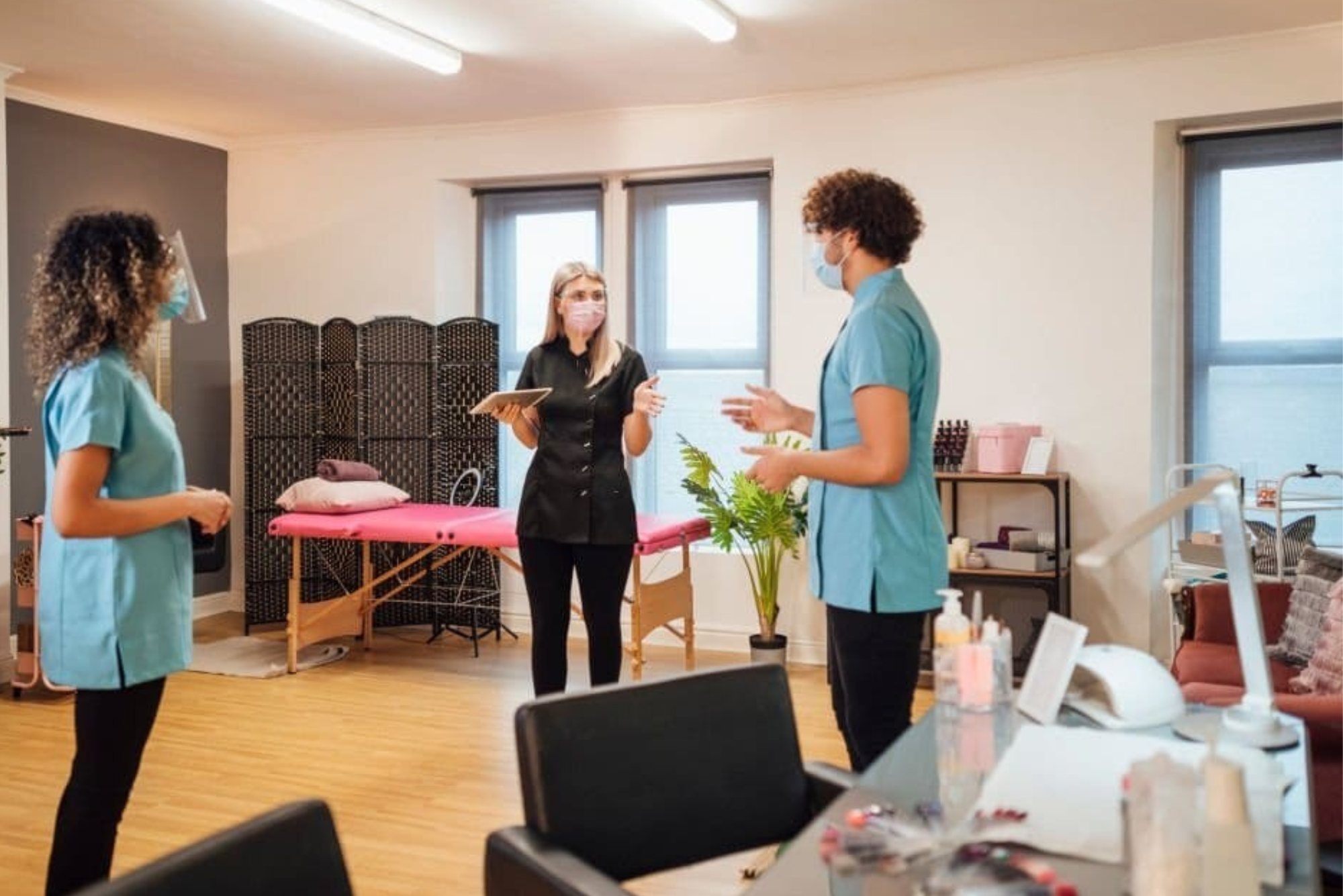Starting your own home salon is an exciting venture, but before you dive in, it’s crucial to understand the regulations surrounding planning permission. In this comprehensive guide, we’ll explore the ins and outs of establishing a Beauty Beat Salon in your home, ensuring you navigate the legal landscape with confidence.
What is Planning Permission?
Before delving into specifics, let’s grasp the fundamental concept of planning permission. What is it, and why is it essential for your home salon?
Planning permission is the formal approval required from local authorities to carry out certain types of development or changes to your property. It ensures that any alterations or additions comply with zoning laws, building codes, and other relevant regulations. Obtaining planning permission is a crucial step in legalizing and legitimizing your home salon.
Home Businesses and Planning Permission
Every region has its own set of rules regarding home businesses. Uncover the regulations that apply to your area and learn how to comply with them seamlessly.
Starting a home salon involves more than just setting up a few chairs and mirrors. It requires careful consideration of local regulations governing home-based businesses. Before you start ordering salon furniture and picking out paint colors, take the time to research and understand the zoning laws and permits required in your specific area.
Beauty Beat Salon and Compliance
Specifically tailored to home salons, this section outlines the key aspects of compliance to ensure your Beauty Beat Salon meets all necessary standards.
Beauty Beat Salon, like any other home-based business, needs to comply with local regulations to operate legally. This includes zoning laws, health and safety standards, and other relevant requirements. By familiarizing yourself with these regulations from the outset, you can save yourself potential headaches down the road.
Factors Influencing Planning Permission
Explore how zoning laws can impact your ability to run a home salon. Learn how to identify the zoning regulations in your area and work within their constraints.
Zoning laws dictate how land can be used in specific areas. They classify land into different zones, such as residential, commercial, or industrial, each with its own set of permitted uses. Before you set up your home salon, check the zoning laws in your locality to ensure that operating a salon is allowed in your residential area.
Neighborhood Considerations
Understand the importance of considering your neighbors. Tips and best practices for maintaining a harmonious relationship with those around you.
Running a home salon means you’ll be welcoming clients into your neighborhood. Consideration for your neighbors is essential. Noise, traffic, and parking issues can all impact the harmony of the neighborhood. Communicate with your neighbors about your plans and address any concerns they may have. Being a good neighbor can go a long way Beauty & Fashion in avoiding potential conflicts and ensuring the success of your home salon.
H2: Parking and Traffic
Delve into the impact of parking and traffic on planning permission. Discover strategies to address these concerns and present a compelling case.
Parking and traffic are common concerns for home-based businesses, especially those that involve clients coming and going. Develop a plan for adequate parking and consider the traffic flow in your neighborhood. If needed, explore options such as off-site parking or scheduling appointments to minimize the impact on local traffic.
The Planning Permission Process
H1: Step-by-Step Guide
Break down the planning permission process into manageable steps. From initial research to submitting applications, this guide will simplify the journey.
Step 1: Research
Before you can apply for planning permission, you need to conduct thorough research. Understand the specific regulations governing home salons in your area. This may involve a visit to your local planning department or consulting online resources.
Step 2: Consult with Professionals
Consider consulting with professionals such as architects or planning consultants. They can provide valuable insights into the planning process and help you navigate any complexities.
Step 3: Prepare Detailed Plans
Create detailed plans for your home salon. This may include floor plans, elevations, and other relevant documents that clearly illustrate your proposed changes.
Step 4: Fill Out Application
Complete the planning permission application thoroughly and accurately. Be sure to include all required documentation and information to avoid delays in the approval process.
Step 5: Submit Application
Submit your application to the local planning department. Some areas may allow online submissions, while others may require physical copies. Follow the specified submission process to ensure your application is received and processed promptly.
Wait for Approval
Once your application is submitted, there will be a waiting period for the planning department to review and make a decision. During this time, they may request additional information or clarification.
Receive Decision
You will receive a decision on your planning permission application. This could be an approval, a conditional approval, or a rejection. If there are conditions, ensure you understand and can comply with them.
Implement Changes
If your application is approved, you can proceed with implementing the changes to your home salon. If there are conditions, address them promptly to ensure ongoing compliance.
Application Tips for Beauty Beat Salon
Tailored advice for Beauty Beat Salon owners – optimize your planning permission application for a smoother approval process.
Clearly Define Your Salon Space
Ensure that your plans clearly define the area designated for your salon. This includes the treatment areas, waiting area, and any other relevant spaces.
Address Noise Concerns
If your salon involves activities that may generate noise, address this in your application. Consider soundproofing measures to minimize disturbances to neighbors.
Provide Parking Solutions
Address parking concerns by including a comprehensive parking plan in your application. This may involve securing additional parking spaces or demonstrating that existing parking is sufficient.
Highlight Positive Community Impact
Emphasize the positive impact your home salon will have on the community. This could include job creation, support for local businesses, and enhanced neighborhood aesthetics.
Engage with the Community
Demonstrate community engagement by gathering support from neighbors and nearby businesses. Letters of support or testimonials can strengthen your case during the planning permission review.
Exceptions and Alternatives
Explore instances where planning permission might not be necessary. Understand the exceptions and assess if they apply to your Beauty Beat Salon.
While planning permission is typically required for changes to your property, there are exceptions. In some cases, minor alterations may fall under permitted development rights, meaning they can be carried out without formal approval. Understanding these exceptions can save you time and effort in the planning process.
Alternative Solutions
Discover creative alternatives to traditional planning permission. Learn how to adapt your home salon setup to align with regulations without sacrificing style or functionality.
If obtaining planning permission proves challenging or if you prefer to explore alternative options, consider the following:
Mobile Salon
Explore the concept of a mobile salon, where services are provided from a specially equipped vehicle. This can bypass many of the traditional planning permission requirements associated with a fixed location.
Shared Workspace
Consider sharing a commercial space with other beauty professionals. This can be a cost-effective way to operate without the need for individual planning permission





